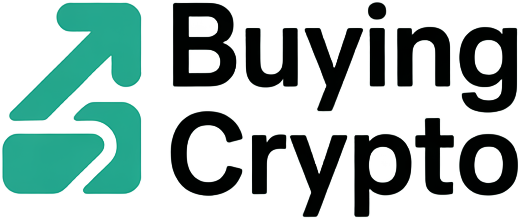Ethereum is stepping into a new era of privacy, and for crypto beginners, this could change the way you experience digital assets. With the price of Ethereum currently at $4,603.58, privacy is not just a buzzword – it’s becoming a core feature of the network. But what does Ethereum’s new privacy roadmap actually mean for those just starting out?
Why Privacy Matters for New Crypto Users
When you make a transaction on Ethereum, every detail can be seen by anyone with a block explorer. For beginners, this transparency can feel like walking through a glass house with your wallet open. Vitalik Buterin’s new privacy roadmap aims to give users more control over their financial information – making it possible to use Ethereum without broadcasting your every move.
The roadmap focuses on integrating privacy features directly into wallets. This means you won’t need to hunt down complicated third-party apps or worry about technical setups just to keep your balance private. Instead, shielded balances and one-time addresses will become part of the everyday user experience.
What Is Changing? The Key Features Explained Visually
The simplified L1 privacy roadmap isn’t just for developers or power users – it’s designed with onboarding in mind. Here are the standout features that will directly impact how beginners buy, store, and spend ETH:
Key Privacy Features in Ethereum’s New Roadmap
-
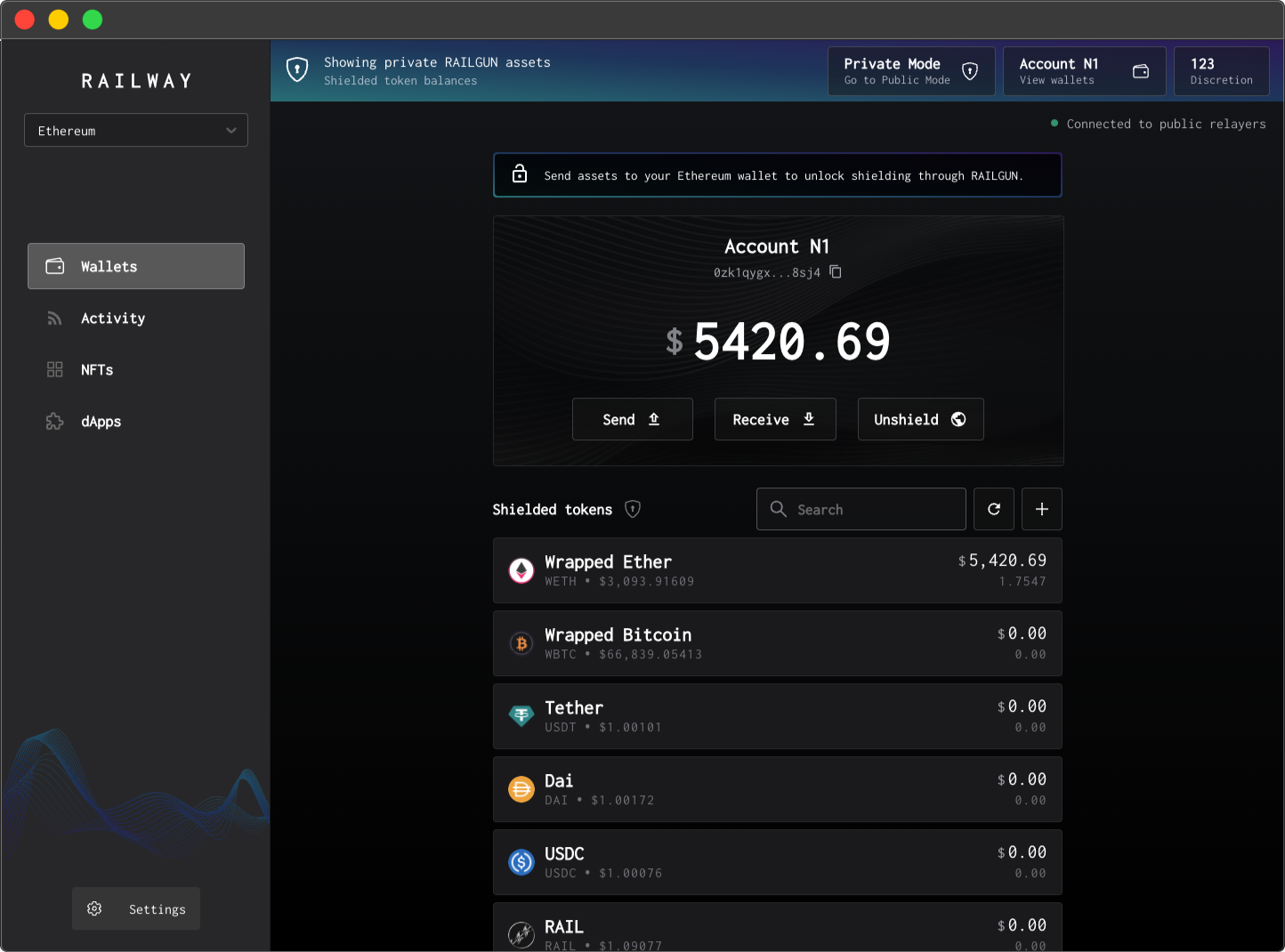
Shielded Balances: Ethereum wallets will soon support shielded balances, letting users keep their holdings confidential directly within their wallet—no third-party apps needed.
-

One-Time dApp Addresses: Users can generate a unique address for every decentralized application (dApp), making it much harder to link activities across platforms and boosting privacy.
-

Privacy-Preserving Self-Transactions: This feature enables users to move funds between their own addresses anonymously, helping to obscure transaction trails on the blockchain.
-

FOCIL (Fully On-Chain Intermediary Layer): A protocol-level tool designed to enhance privacy and censorship resistance by facilitating private, on-chain interactions for users and dApps.
-

EIP-7701: A proposed Ethereum Improvement Proposal introducing advanced privacy mechanisms at the protocol level, making private transactions more accessible and secure for everyone.
Shielded balances allow you to hide your transaction history from prying eyes. One-time addresses mean you can interact with different dApps without linking all your activity together. And protocol-level upgrades like FOCIL and EIP-7701 will help resist censorship at the very foundation of Ethereum.
How Will This Affect Buying Crypto Securely?
If you’re new to crypto, one of your top concerns is probably security – especially when making your first purchase. The Ethereum Foundation’s vision is to make private transactions the default setting so that even beginners have strong protections against data leaks or targeted scams.
This shift could also make onboarding easier: instead of worrying about which wallet or tool offers the best privacy-preserving features, these protections will be built right in. That means fewer steps between signing up and making your first secure transaction.
Looking Ahead: Price Predictions and Beginner Impact
The market is watching closely as these changes roll out. With ETH hovering at $4,603.58, analysts are speculating how improved privacy might affect adoption rates among newcomers.
Ethereum (ETH) Price Prediction 2026-2031 After Privacy Upgrades
Forecasts consider Ethereum’s L1 privacy roadmap, market cycles, adoption trends, and current 2025 price baseline ($4,603.58).
| Year | Minimum Price (Bearish) | Average Price (Base Case) | Maximum Price (Bullish) | Year-on-Year Change (Avg) | Market Scenario Insights |
|---|---|---|---|---|---|
| 2026 | $4,000 | $5,200 | $6,800 | +13% | Privacy adoption grows, but global regulatory scrutiny intensifies. Early privacy features drive modest user growth. |
| 2027 | $4,800 | $6,400 | $8,200 | +23% | DeFi and enterprise adoption accelerate as privacy tools mature. Competition from other L1s keeps growth in check. |
| 2028 | $5,300 | $7,400 | $9,900 | +16% | Layer 2 scaling and privacy features become mainstream. Regulatory clarity improves, fueling broader adoption. |
| 2029 | $6,000 | $8,800 | $12,000 | +19% | ETH cements leadership in privacy-centric smart contracts. Market cycles turn bullish, institutional flows increase. |
| 2030 | $7,000 | $10,200 | $14,800 | +16% | Global payments and identity use cases emerge. ETH market cap approaches new highs amid tech breakthroughs. |
| 2031 | $7,800 | $11,600 | $17,500 | +14% | Ethereum’s privacy and security stack sets industry standard. Mass adoption and mainstream finance integration. |
Price Prediction Summary
Ethereum is poised for significant price appreciation between 2026 and 2031, driven by the implementation of robust privacy features at the protocol level. The privacy roadmap directly addresses user concerns, potentially accelerating adoption among beginners and institutions alike. While short-term volatility and regulatory headwinds remain, the medium- to long-term outlook is bullish, with ETH potentially reaching an average of $11,600 by 2031.
Key Factors Affecting Ethereum Price
- Successful rollout and adoption of L1 privacy features (e.g., shielded balances, privacy-preserving transactions)
- Regulatory responses to enhanced on-chain privacy and potential compliance challenges
- Growth in DeFi, enterprise, and mainstream use cases leveraging privacy
- Competition from alternative smart contract platforms with privacy capabilities
- Ethereum’s ability to scale (Layer 2 solutions, lower gas fees)
- Overall crypto market cycles and macroeconomic factors
Disclaimer: Cryptocurrency price predictions are speculative and based on current market analysis.
Actual prices may vary significantly due to market volatility, regulatory changes, and other factors.
Always do your own research before making investment decisions.
This evolution isn’t just about tech – it’s about creating an environment where everyone from first-timers to seasoned traders feels safe exploring Web3.
For beginners, the most exciting part is how these privacy upgrades could make Ethereum feel less intimidating. Imagine signing up for a wallet and knowing your activity isn’t automatically visible to anyone with an internet connection. That’s a fundamental change in the onboarding experience, one that empowers new users to learn, transact, and experiment without fear of exposure.
Practical Tips: Navigating Ethereum’s Privacy Era
So, how can you take advantage of these new privacy-preserving crypto features as a beginner? Start by choosing wallets that support shielded balances and one-time addresses as soon as they’re available. Many major wallet providers are expected to roll out updates in sync with the roadmap milestones.
Ethereum Wallet Privacy Checklist for Beginners
-
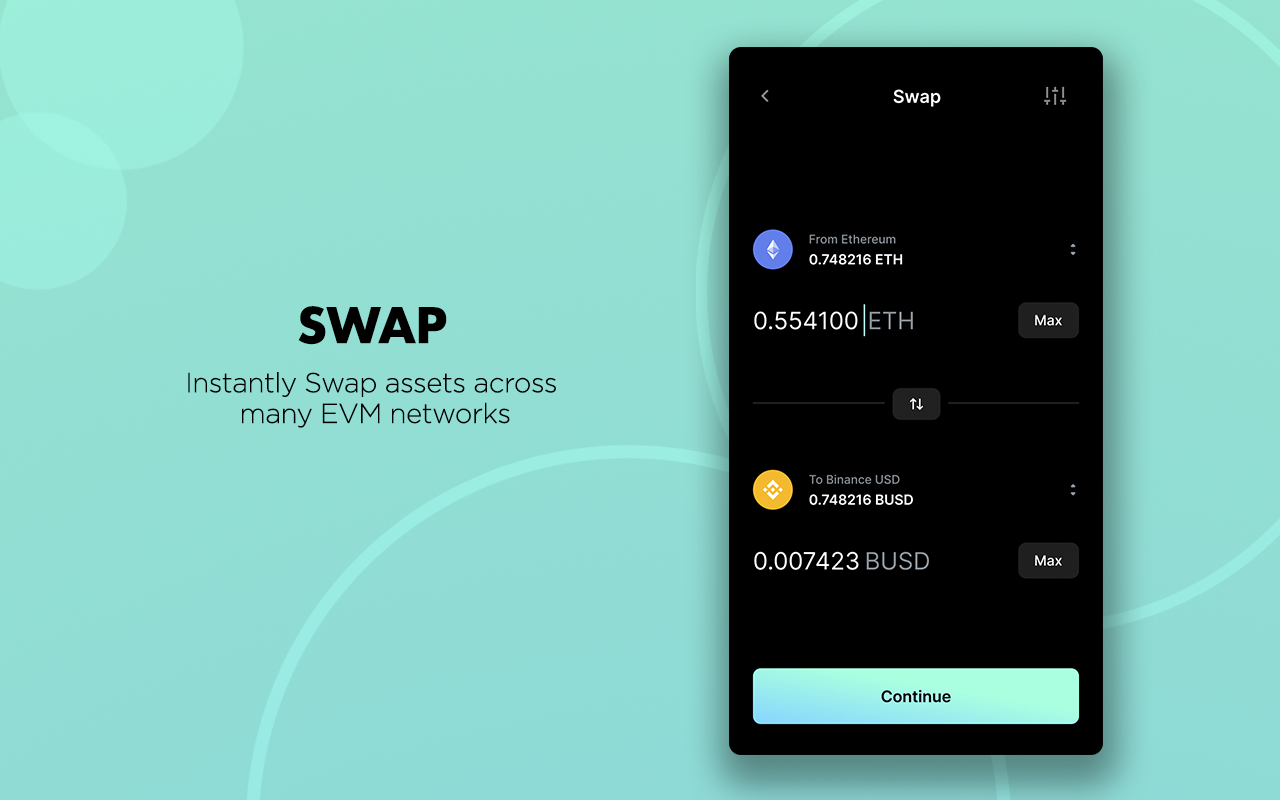
Update your Ethereum wallet to the latest version (e.g., MetaMask, Rainbow, or Ledger Live) to access the newest privacy features.
-
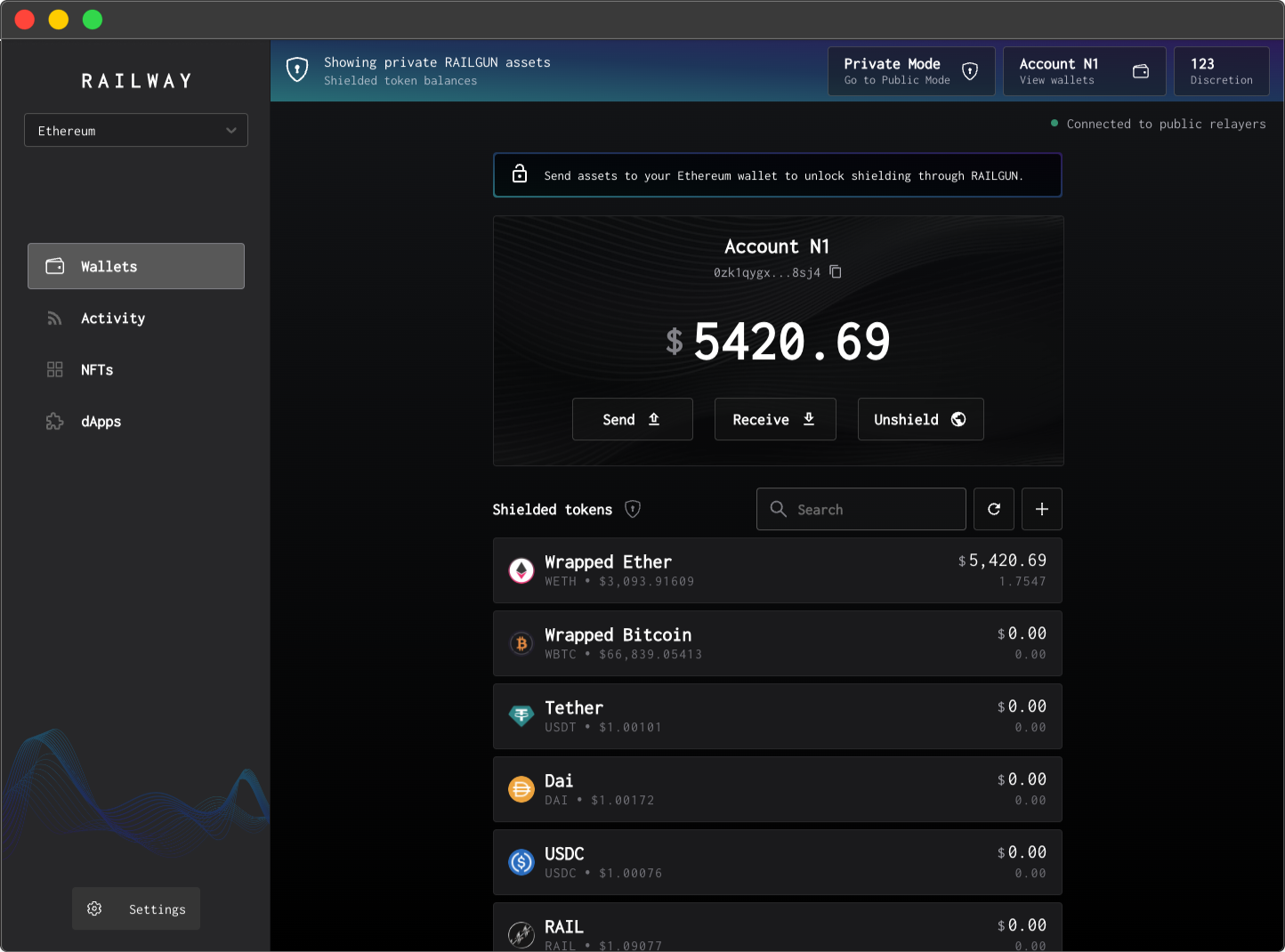
Enable shielded balances if available in your wallet settings. This feature helps keep your transaction history private from public view.
-
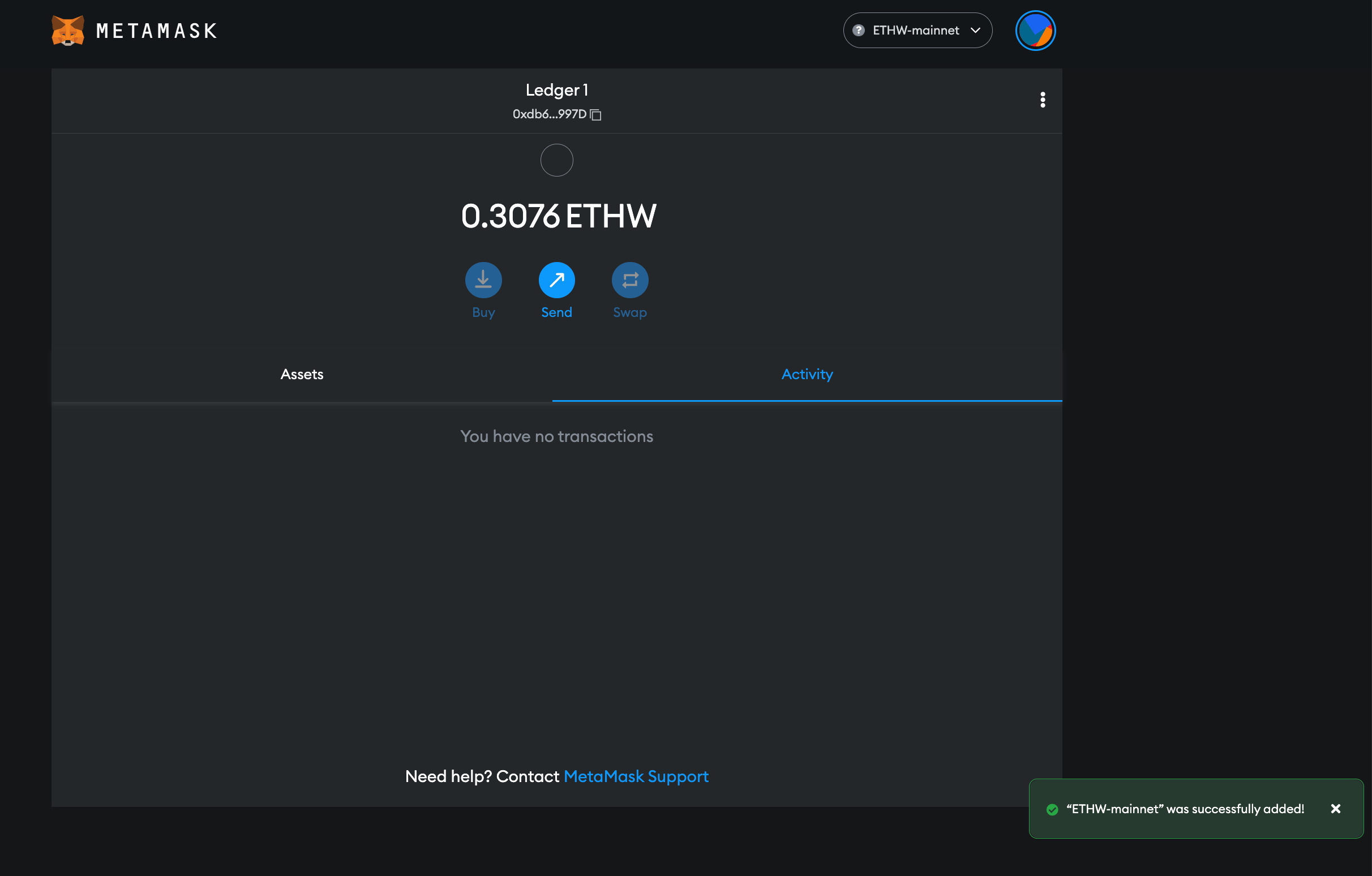
Use a new address for each dApp you interact with. Wallets like MetaMask and Rainbow allow you to create multiple accounts to limit traceability.
-
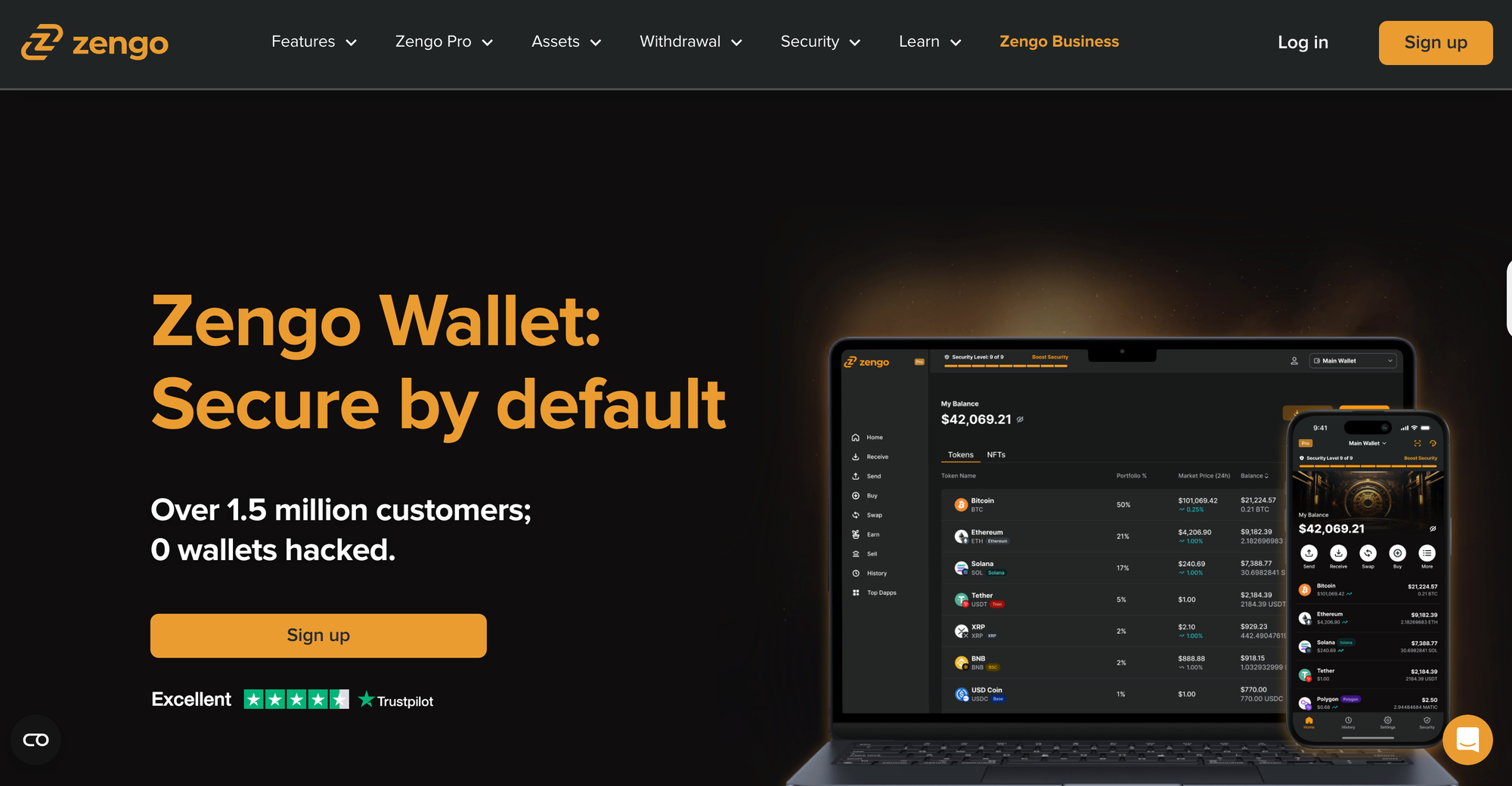
Activate privacy-preserving self-transactions (if supported), which help anonymize your activity by mixing or shuffling funds within your wallet.
-

Connect to privacy-focused RPC endpoints such as Flashbots Protect RPC to reduce data exposure when sending transactions.
-

Review and enable protocol-level privacy tools like FOCIL and EIP-7701 in your wallet, if supported, to enhance censorship resistance and confidentiality.
-
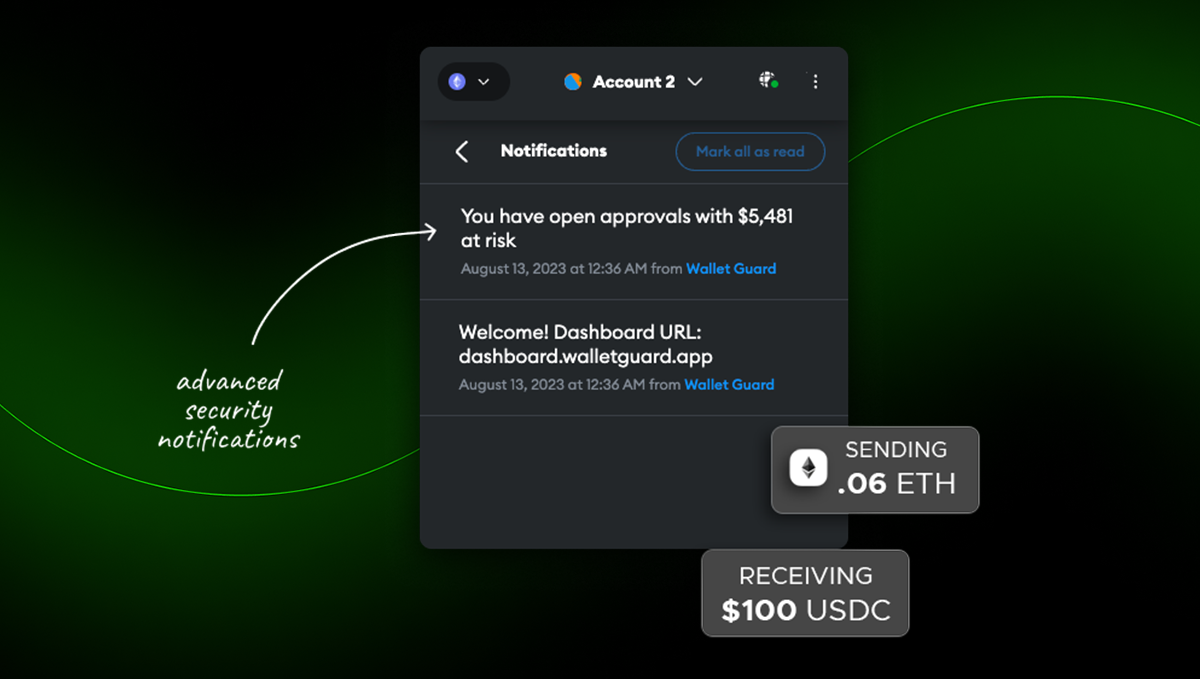
Regularly check for wallet security and privacy updates from official sources to stay protected as Ethereum privacy features evolve.
It’s also smart to stay informed about protocol-level changes like FOCIL and EIP-7701. These upgrades will work behind the scenes to protect your transactions from censorship or unwanted scrutiny, but knowing how they function can help you make more confident decisions about where and how you interact on-chain.
Visualizing Your Private Crypto Journey
Let’s break down what your first private ETH transaction might look like:
You’ll notice that most steps are familiar, choose your wallet, buy ETH, send or receive, but now there’s an extra layer of protection built into each action. The network handles the complex privacy tech so you don’t have to.
Community Pulse: What Do New Users Think?
The Ethereum community is buzzing about these changes. Some see them as overdue, while others are excited for a more inclusive future where privacy isn’t just for advanced users.
Would enhanced privacy features make you more likely to use Ethereum?
Ethereum’s latest roadmap aims to make private transactions the default, with features like shielded balances and privacy-preserving tools. With ETH currently at $4,603.58, do these privacy upgrades make Ethereum more appealing to you as a beginner?
If you’re just getting started with crypto onboarding tips or looking for ways to buy crypto securely, these upgrades are designed with you in mind. They lower the technical barrier and put powerful protections at your fingertips.
What Comes Next?
As privacy becomes a default feature on Ethereum, expect other blockchains and dApps to follow suit. The days of exposing every transaction detail are numbered. For now, keep an eye on wallet updates and protocol announcements so you can be among the first to benefit from Ethereum’s evolving privacy landscape.

The bottom line: whether ETH is at $4,603.58 or climbing higher, protecting your financial journey is now part of the core experience, not just an optional add-on for power users. Welcome to a more private Web3, where everyone gets a fresh start.
